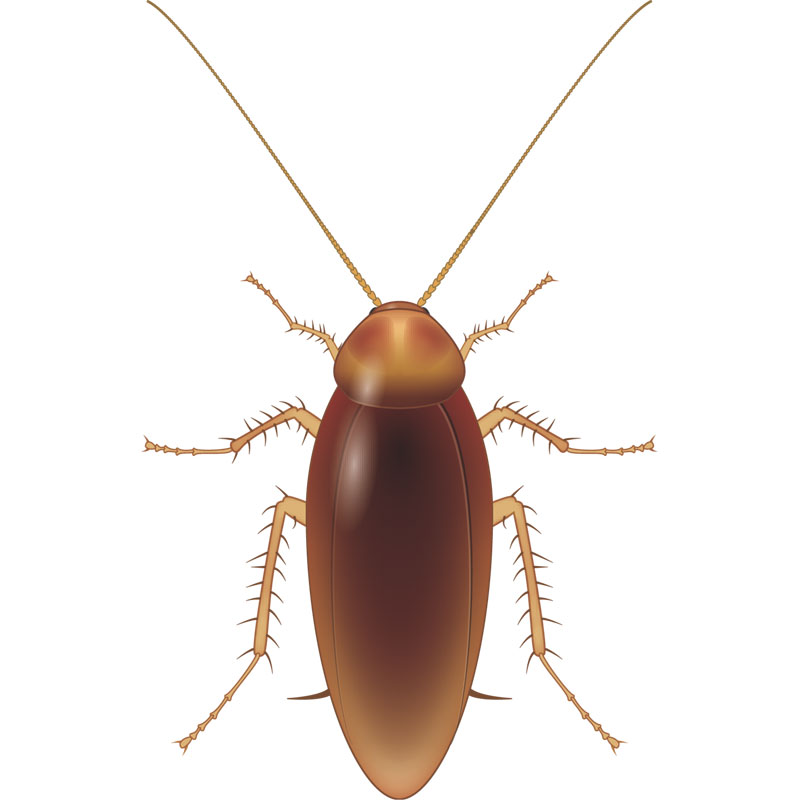The growing importance of passive treatments for integrated cockroach management
One of the major pests faced in commercial accounts is cockroaches. Today, there are more choices than ever for controlling them, but what really is the best approach?
Below Eng-Kooi Tan shares thoughts on the increasing importance of passive treatments (baits) for integrated cockroach management – particularly for commercial premises.
The author, Eng-Kooi Tan, is Technical Services Manager for Envu based in the East Asia Pacific Regional office in Singapore.

The main cockroach species infesting commercial premises is the German cockroach (Blattella germanica). This is a relatively small cockroach that lives in cracks and crevices indoors and has a tremendous ability to multiply rapidly.
Prevention is better than control
To manage cockroaches, start by preventing their establishment. They are great travellers and hitchhikers too, and are often brought into a premises unknowingly. Food, shelter, water and warmth are enough for survival, deprive them of these, chances are they will move elsewhere.
In commercial premises, where there are frequent deliveries, it’s impossible to keep cockroaches out. However, good hygiene and cleaning practices minimize the chances of an infestation spreading.
Don’t be fooled by these elusive creatures
Before implementing any control, conduct an inspection of the premises for evidence of cockroach infestation. Cockroaches are shy and spend most of their time hiding away. Look for evidence such as faecal matter and staining. Just because you don’t see them doesn’t mean they are not there.
Non-chemical controls include sticky traps, and vacuuming. Neither method is totally effective. Chemical control is normally required. The insecticide and formulation employed must be chosen to suit the site and the type of infestation.
Moving away from traditional treatments
Traditionally, cockroach control treatments have involved spray insecticides and to a lesser extent dusts. Many sprays and dusts have a flushing action which forces the cockroach out of their harbourages, making contact with the insecticide. They work quickly, but have a limited residual life and performance.
A growing alternative control method is the use of baits.
Baits attract cockroaches to feed. Many have a delayed action allowing transfer of the insecticide back through the cockroach population, including those hiding back at the harbourage.
For the baits to work, they must be placed where the cockroach can easily locate them. This requires some knowledge. The bait can’t just be placed anywhere and expected to work.
Baits are a popular alternative to sprays because they are very effective whilst minimizing chemical use and customer disturbance.
Strength in action – MaxForce Forte
Maxforce Forte with its overnight action is the only bait to provide a fast reduction of the cockroach population.
Selecting the right solution
Future trends indicate cockroach gel baits will become more popular. They are best suited to indoor application, sensitive areas, and in and around equipment.
Sprays are suited to situations where there are other pests which need to be controlled, for outdoor applications, or to areas where there are large open spaces.
Develop a suitable long term program
The adoption of an integrated pest management strategy, involving regular inspections, followed by the appropriate control method, can result in a much improved level of cockroach control.
However, just because you don’t see cockroaches, don’t be lulled into a false sense of security. Cockroaches can re-infest easily, and the best way to keep cockroaches away is to employ a preventative management approach rather than a reactive one.
